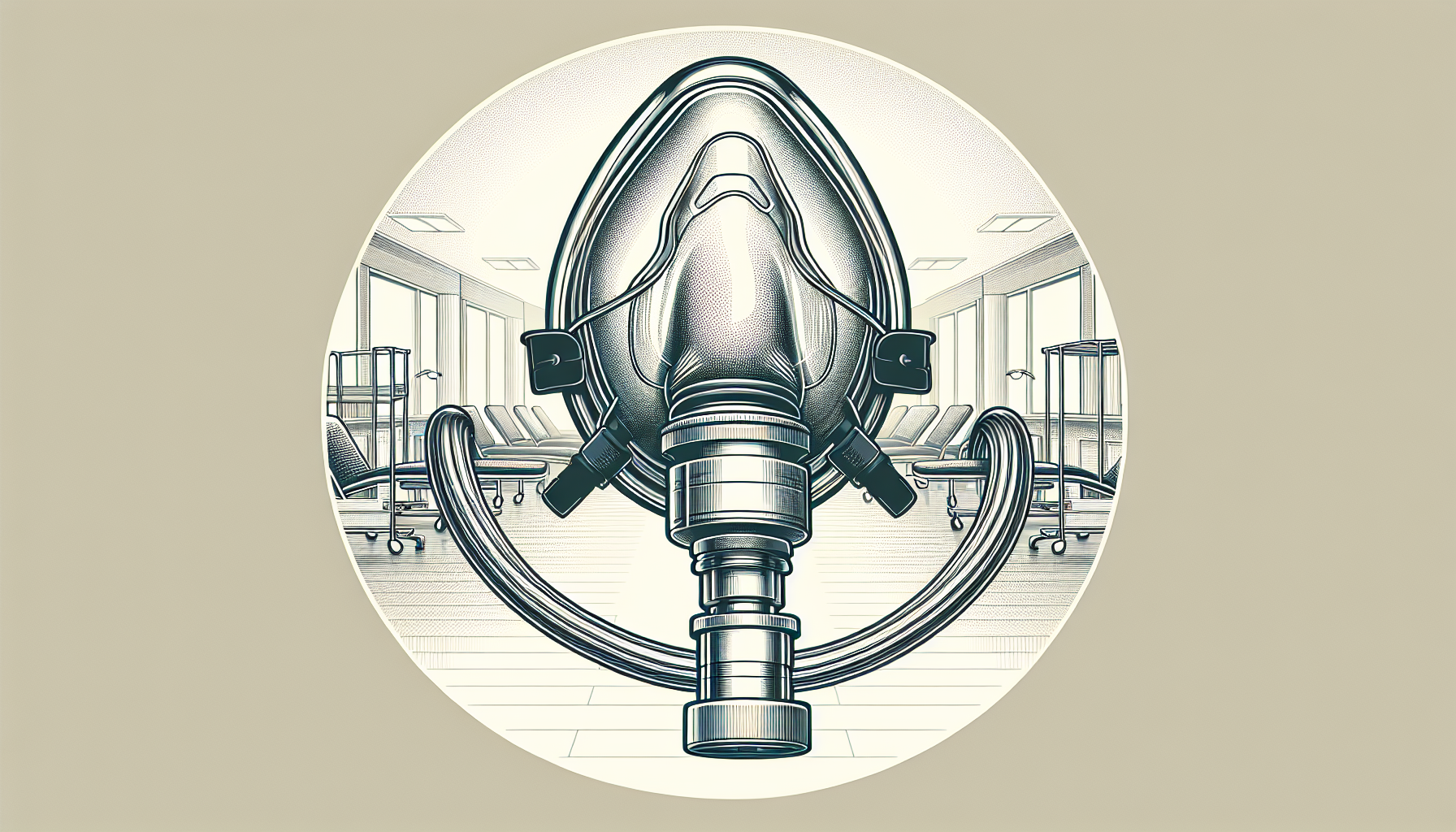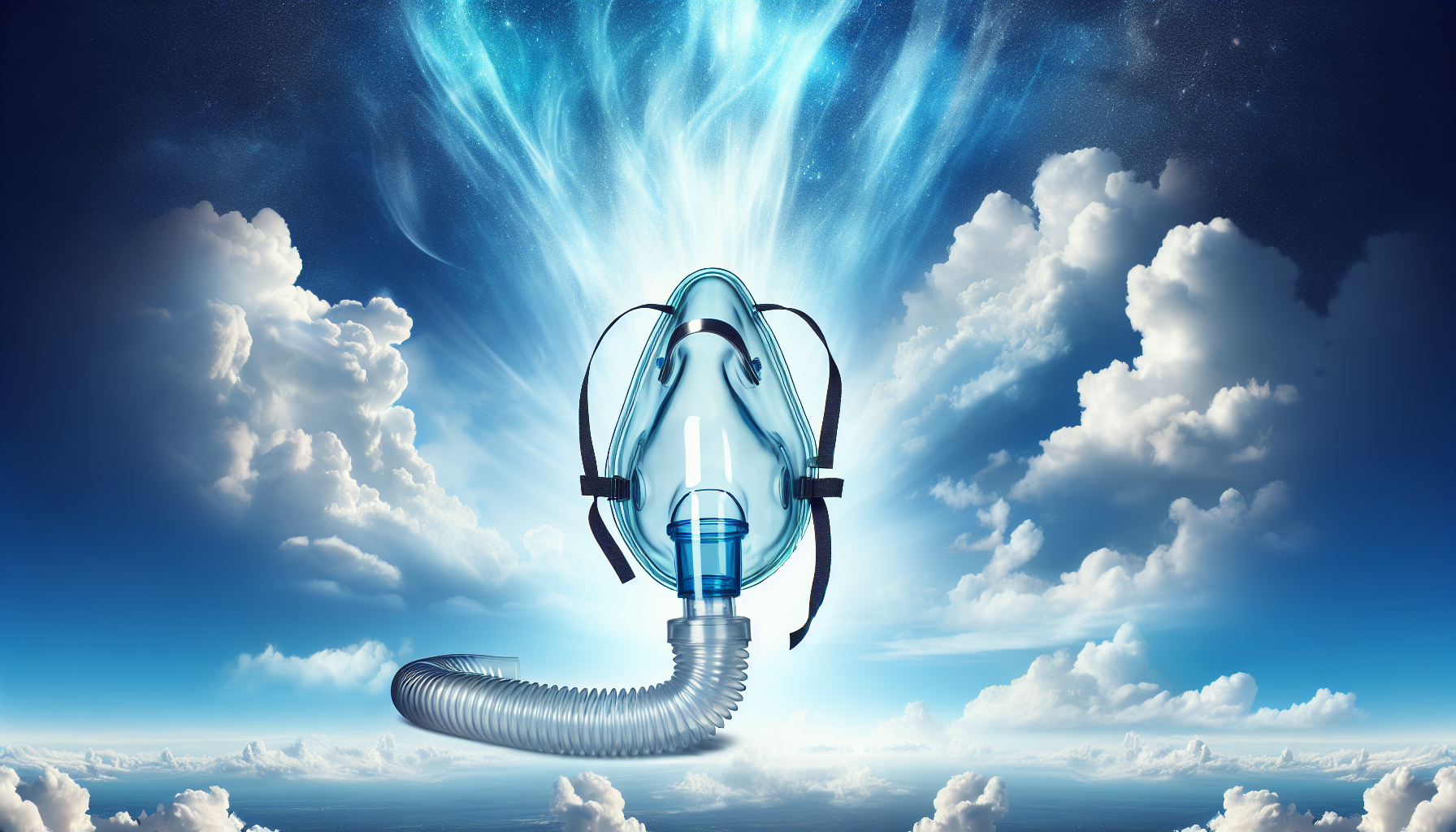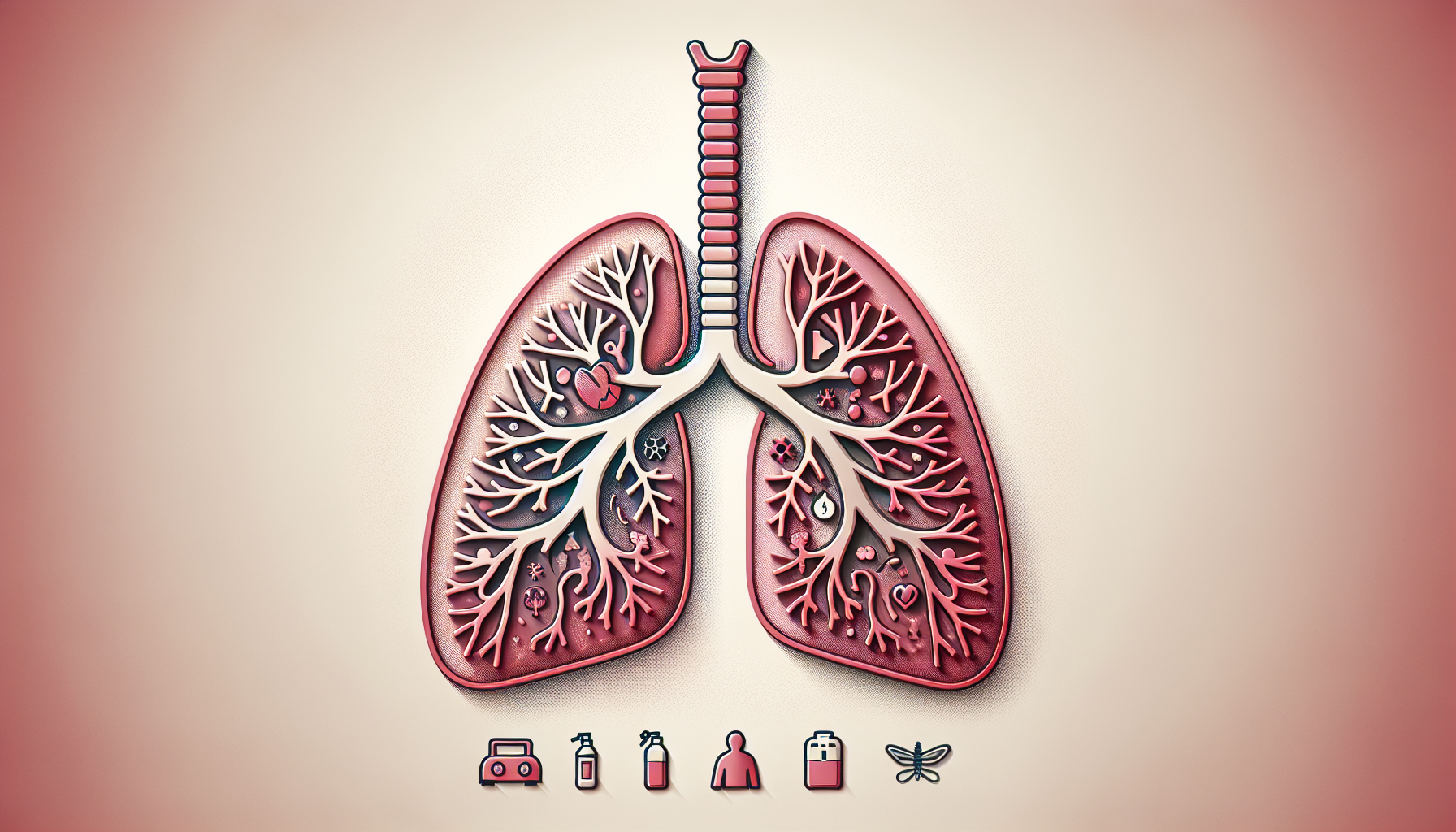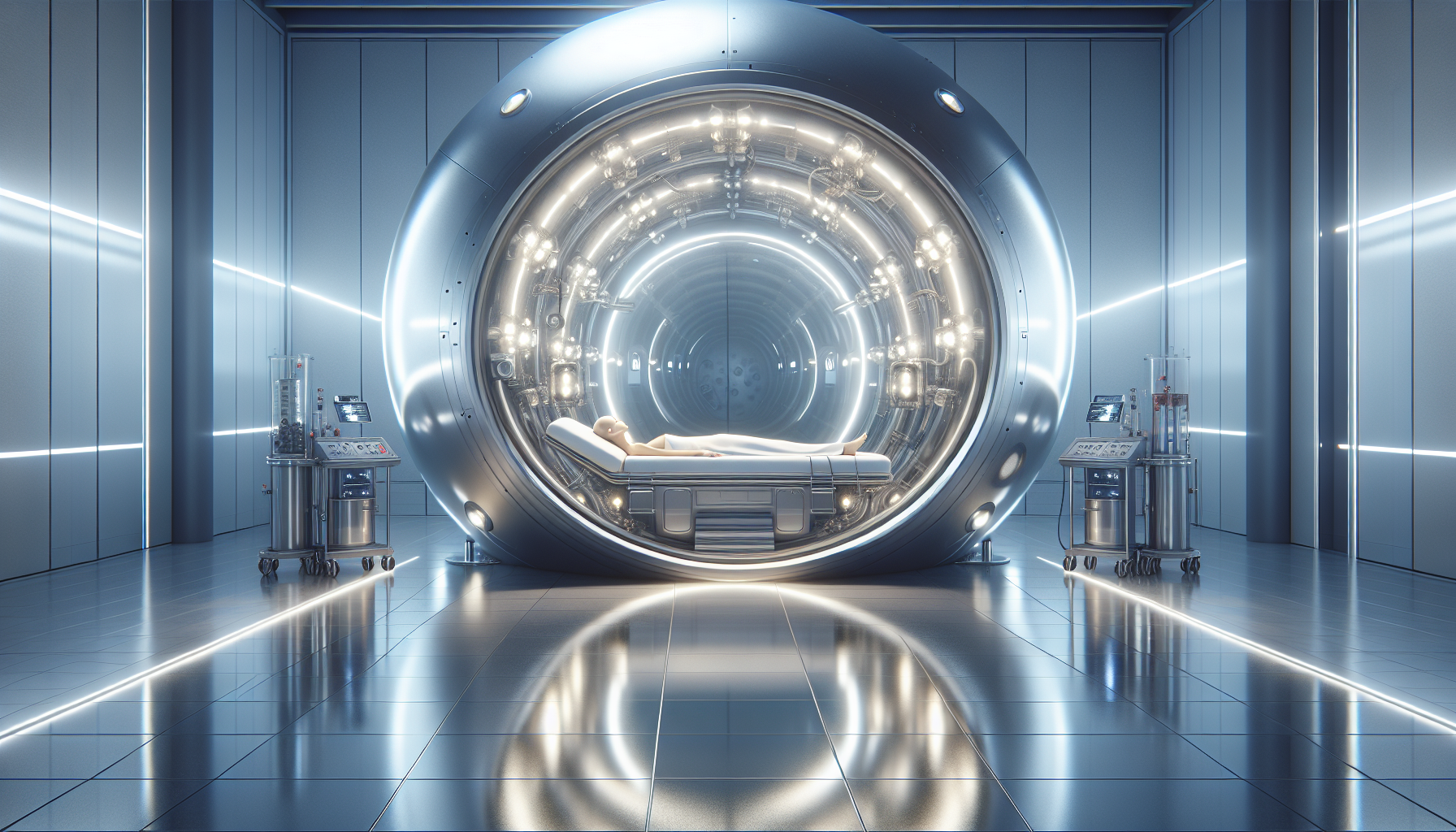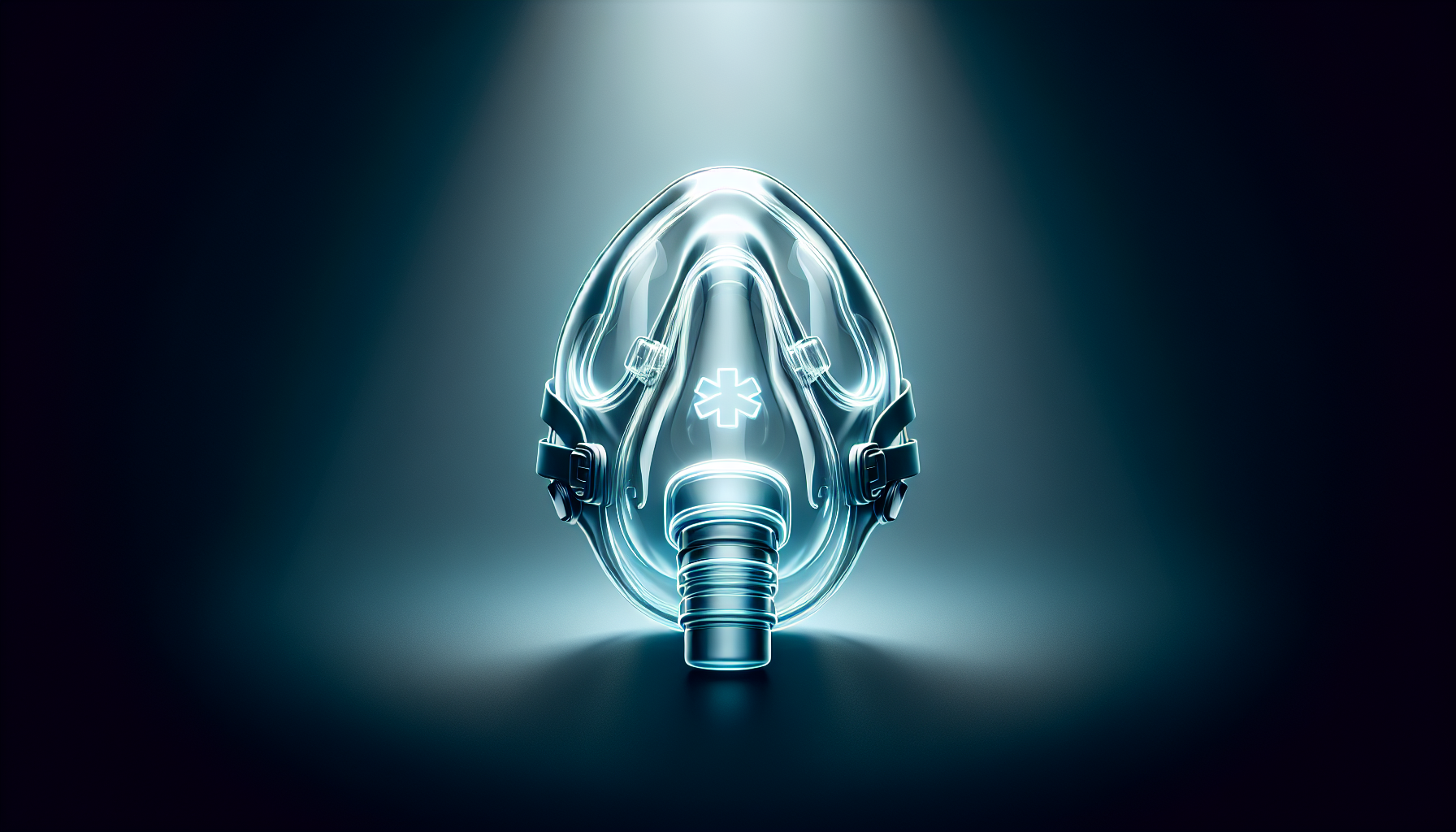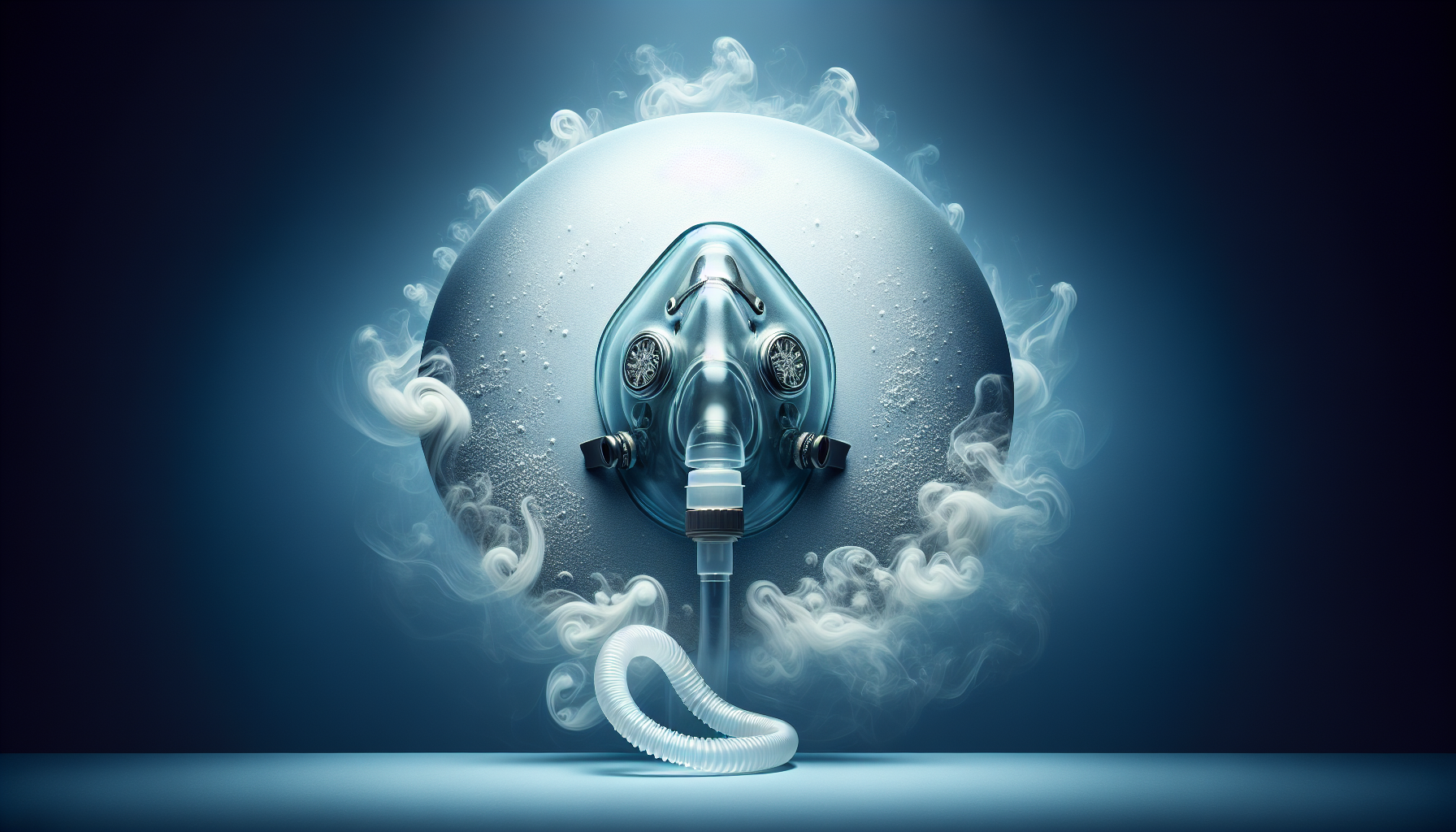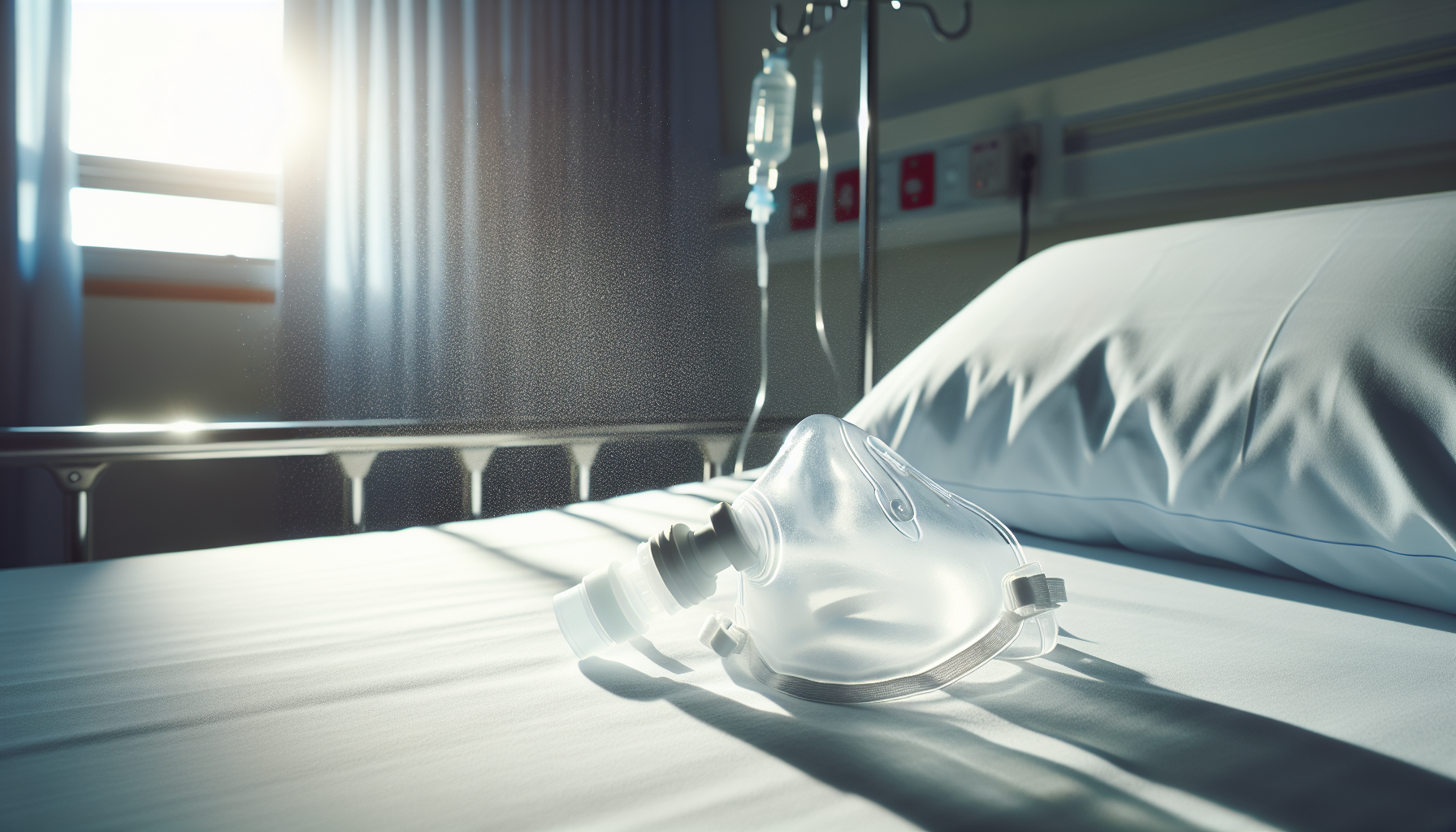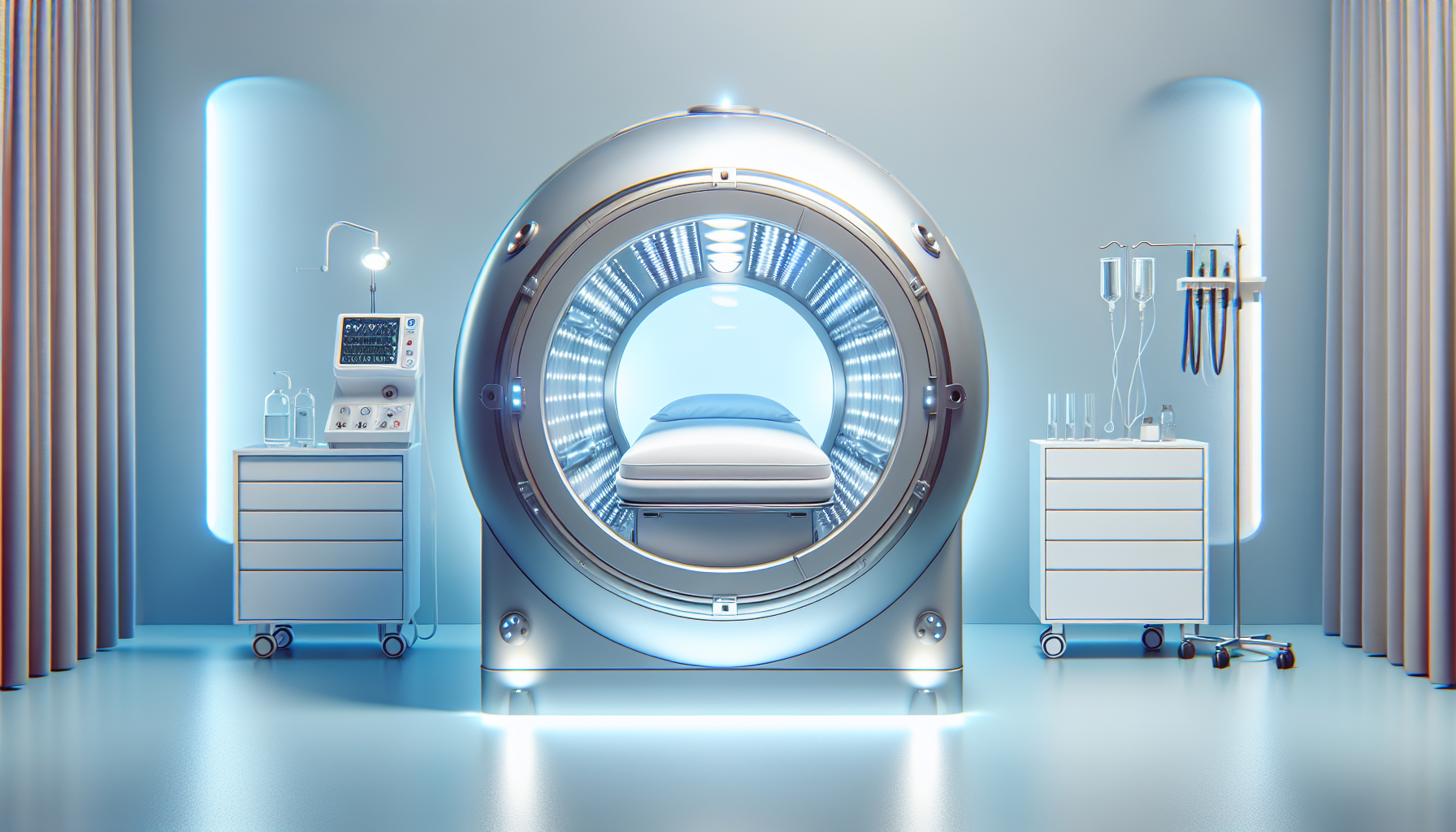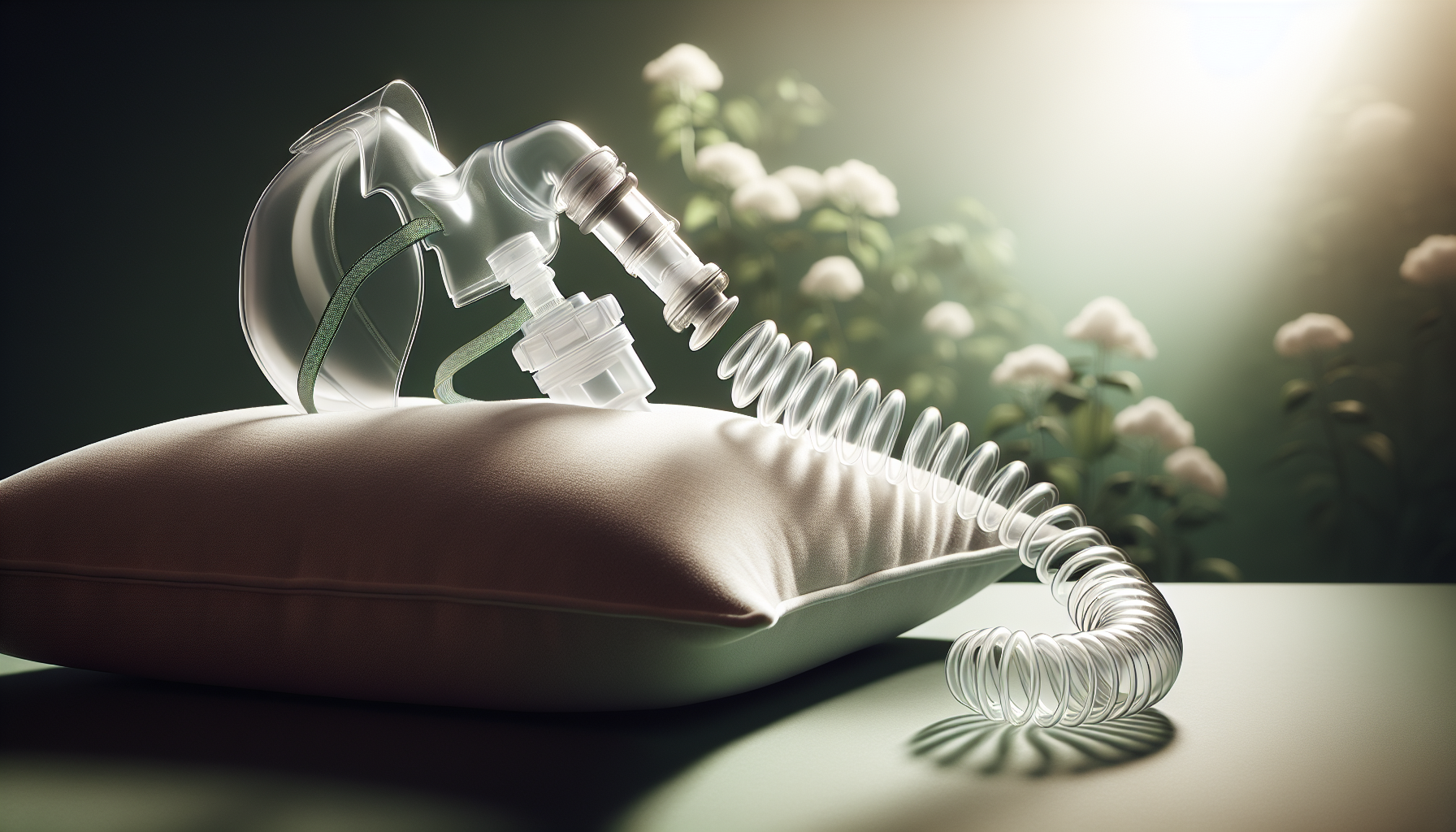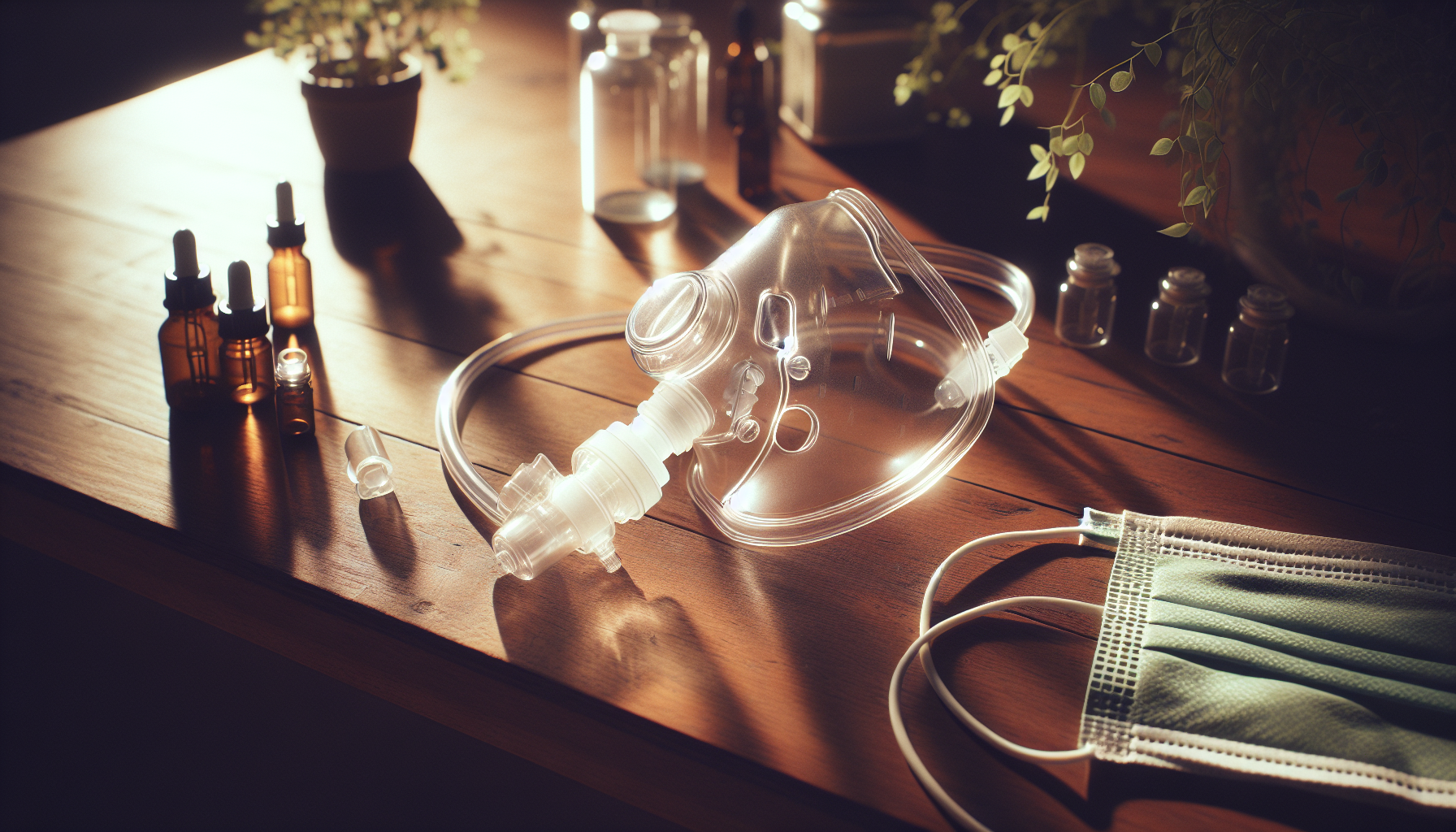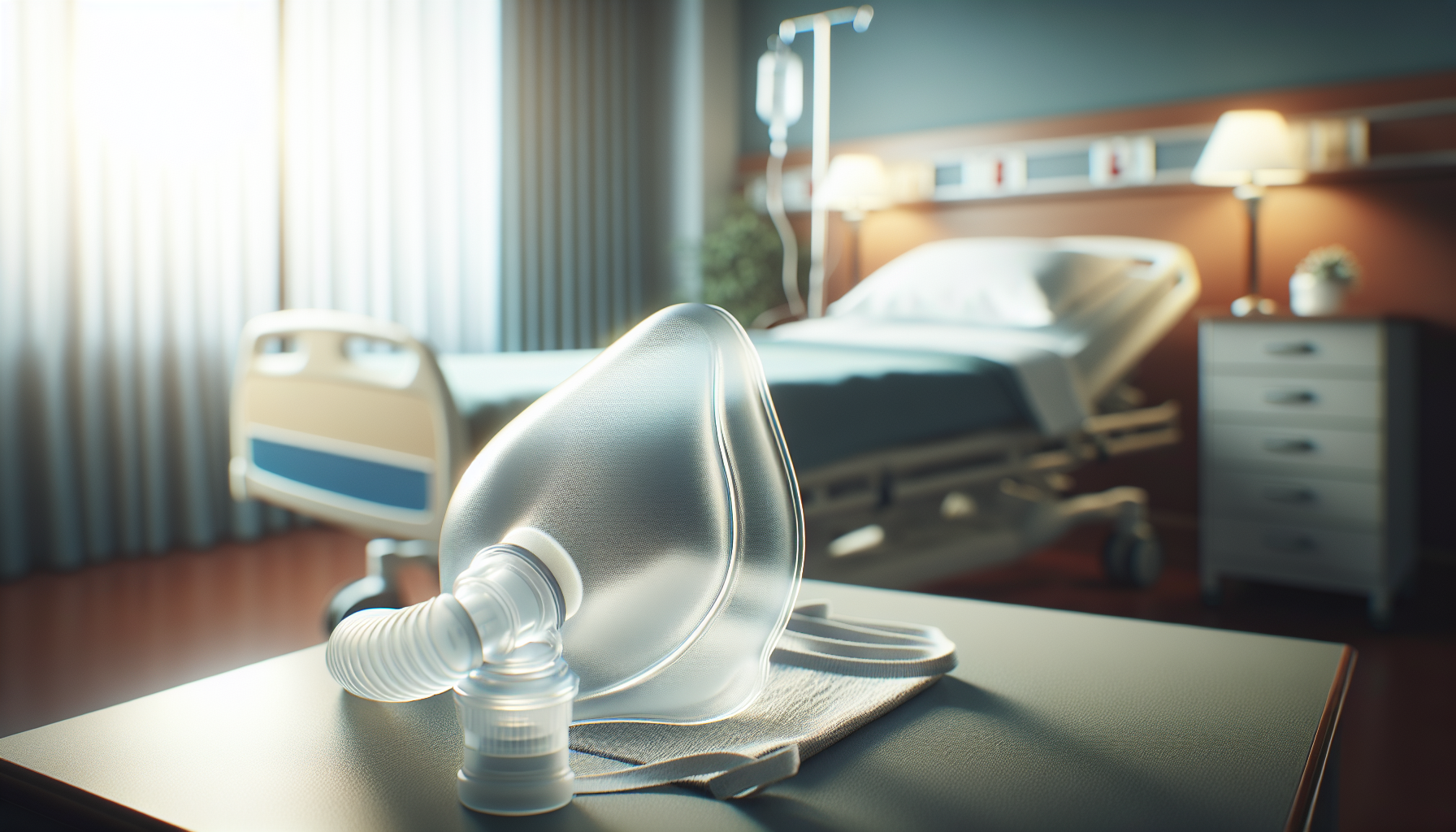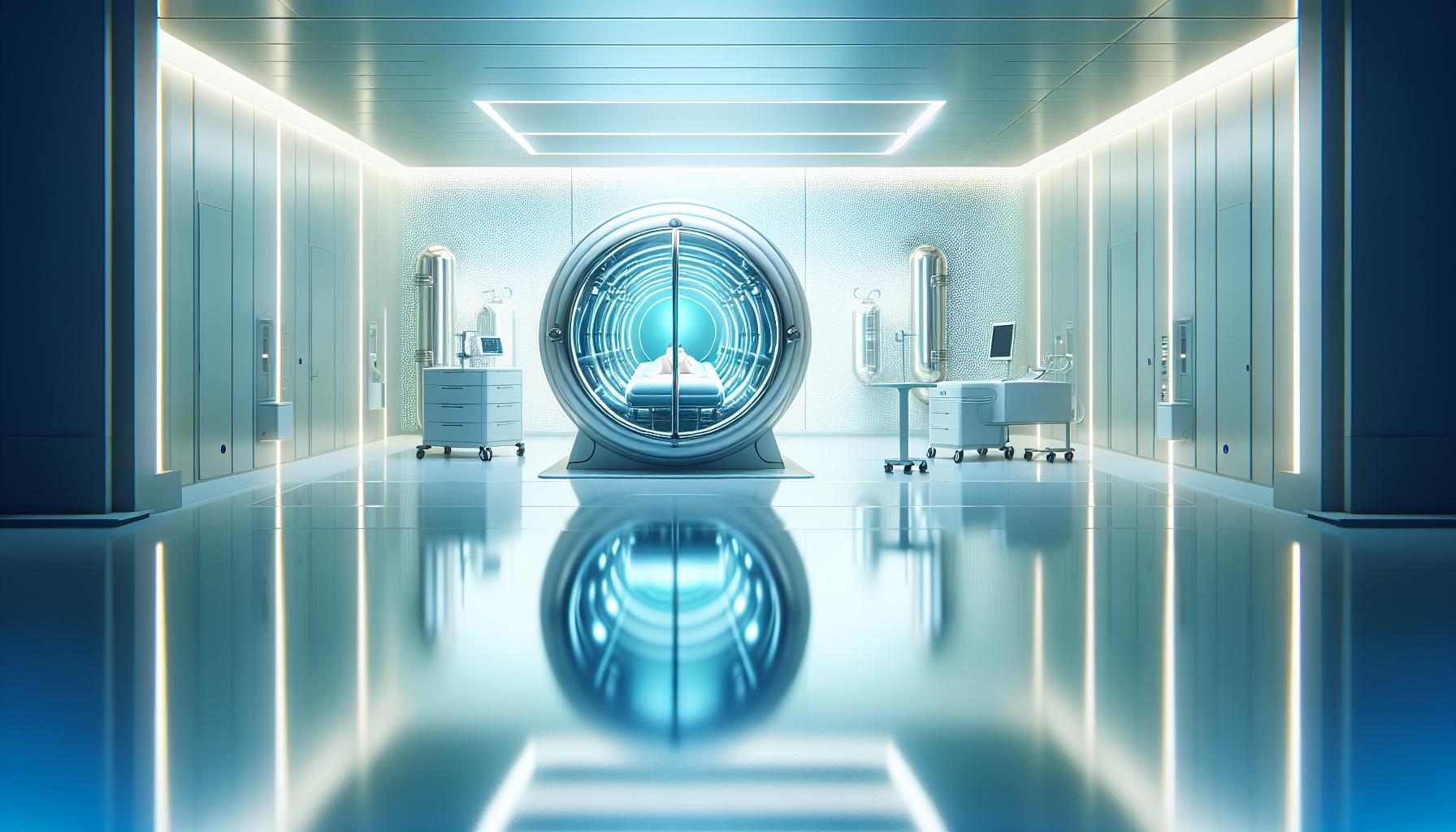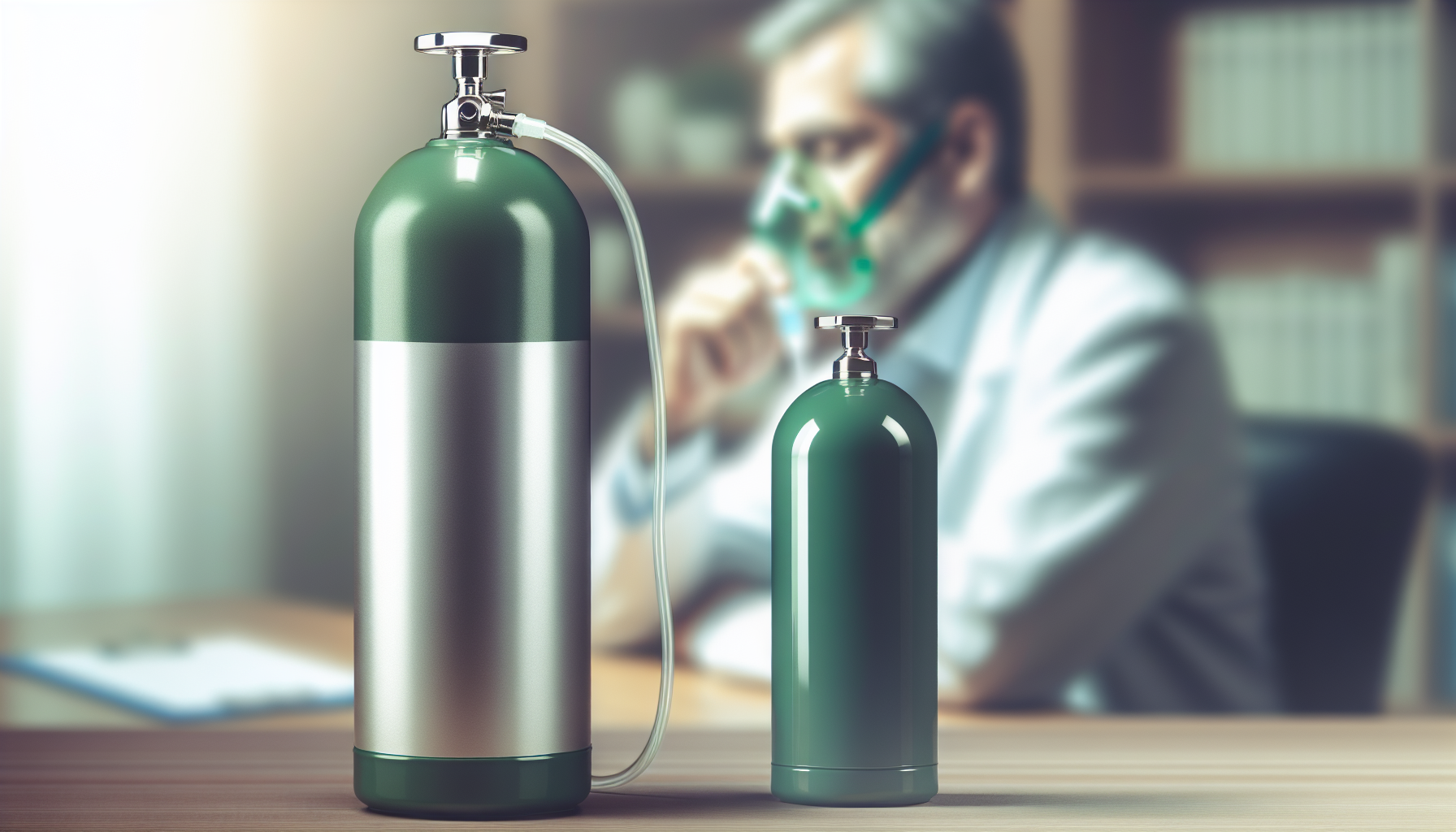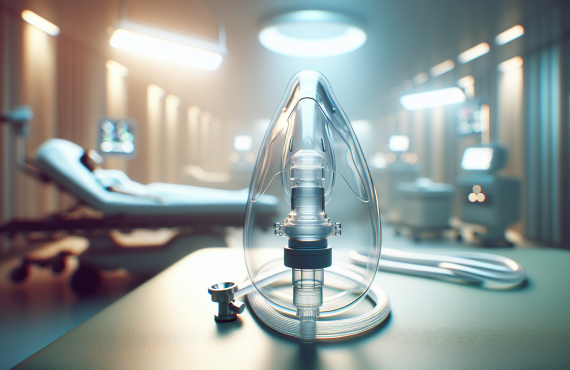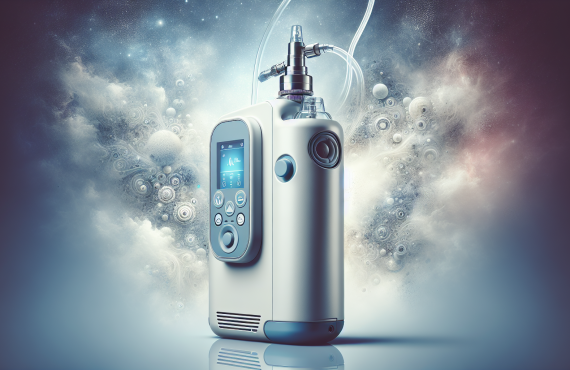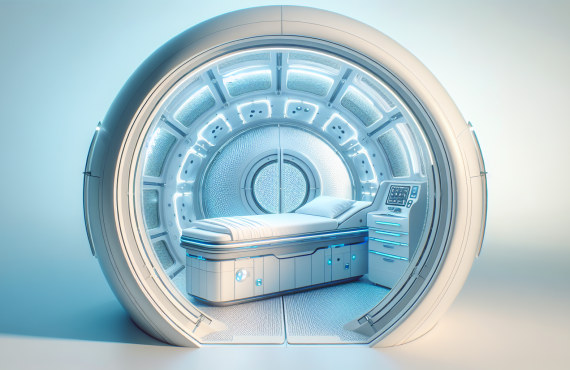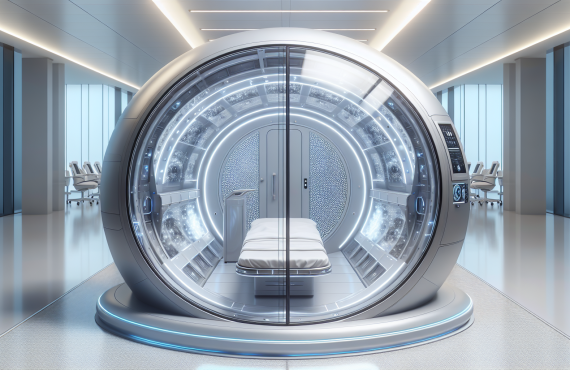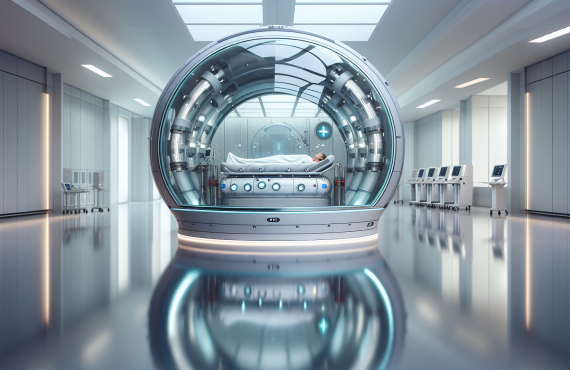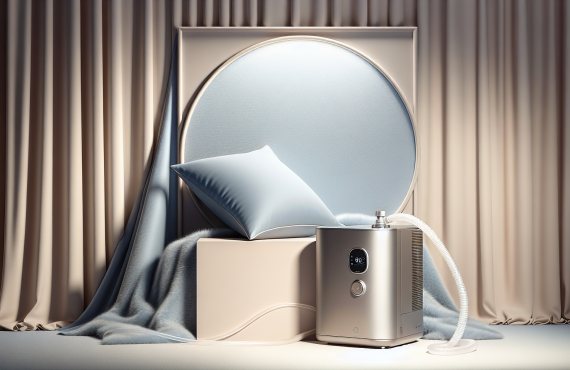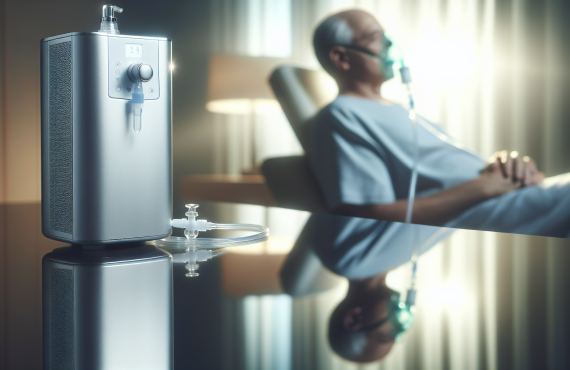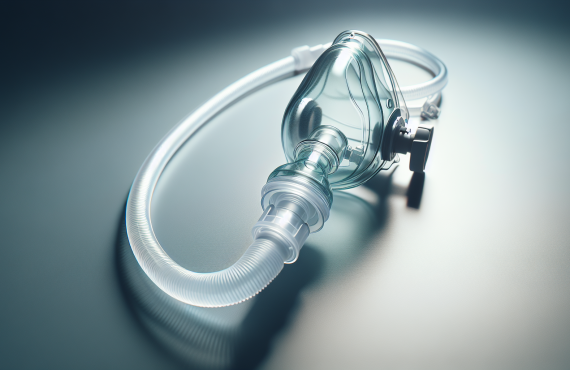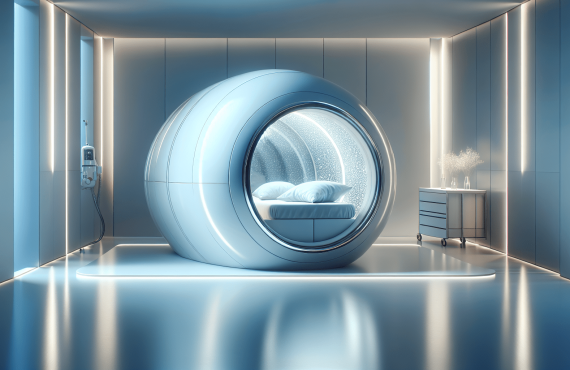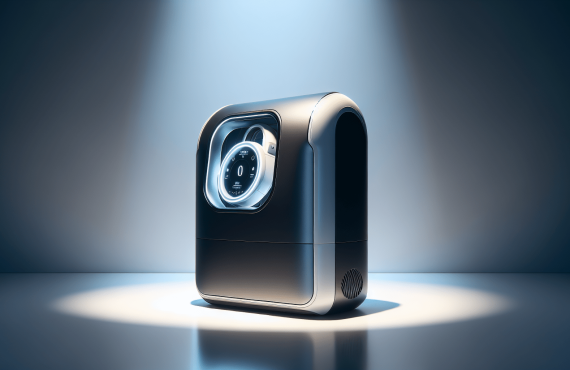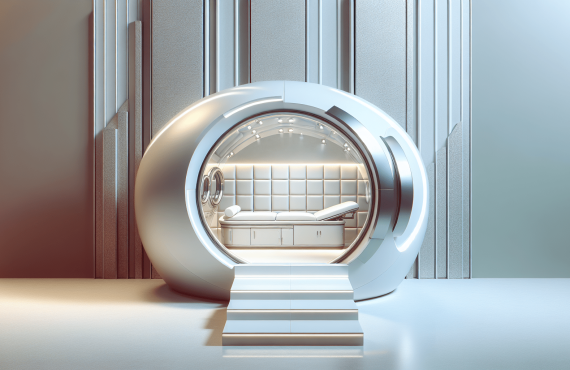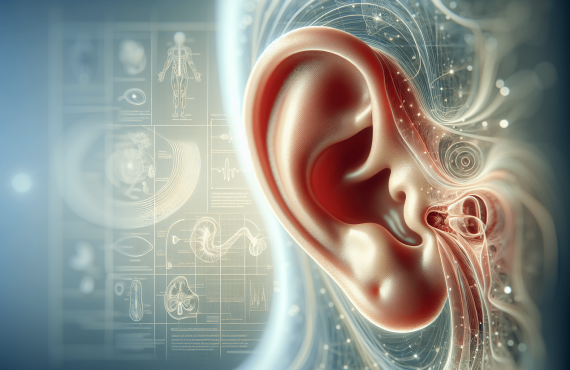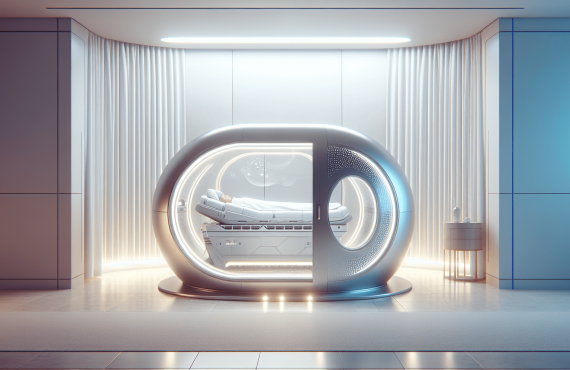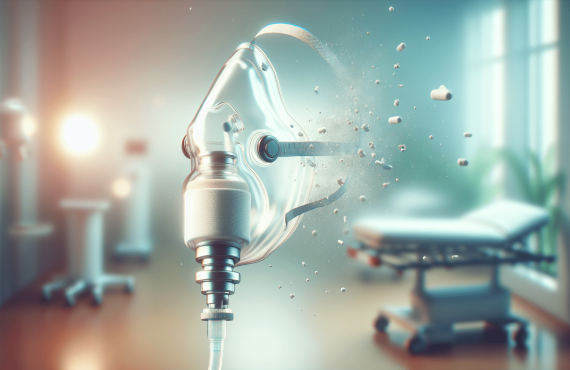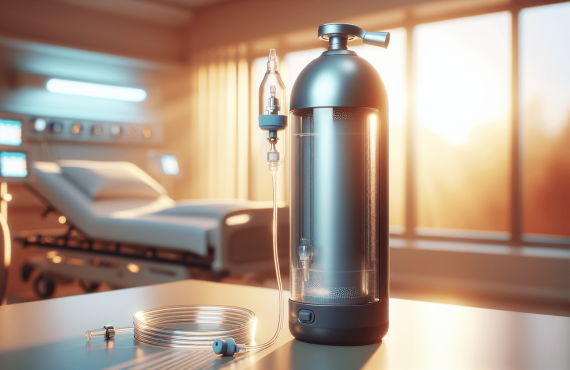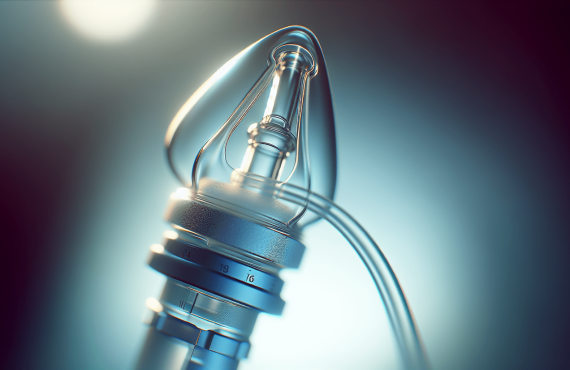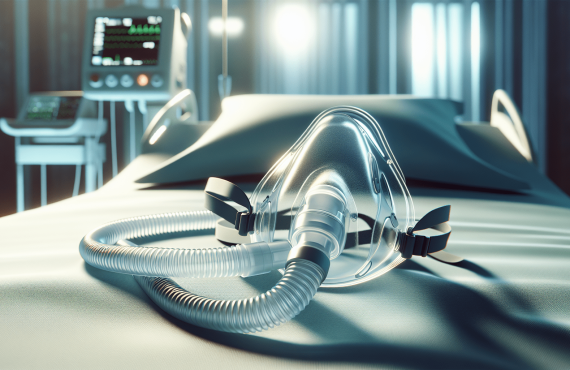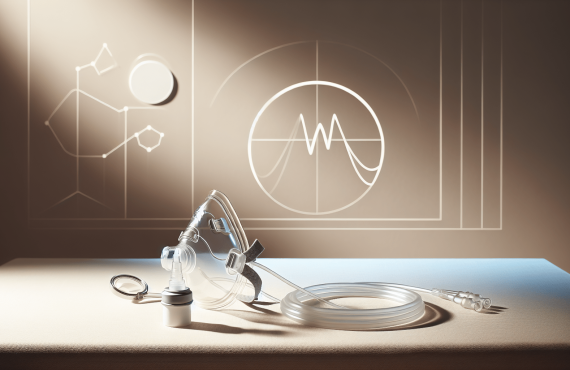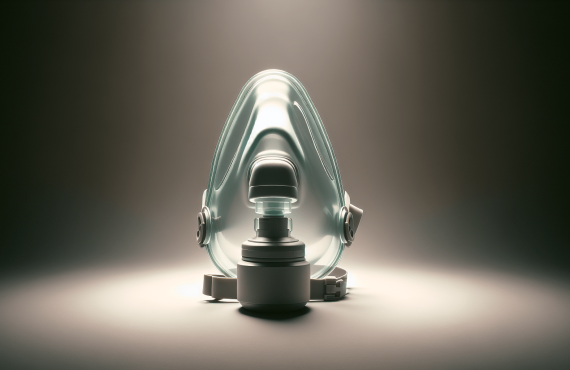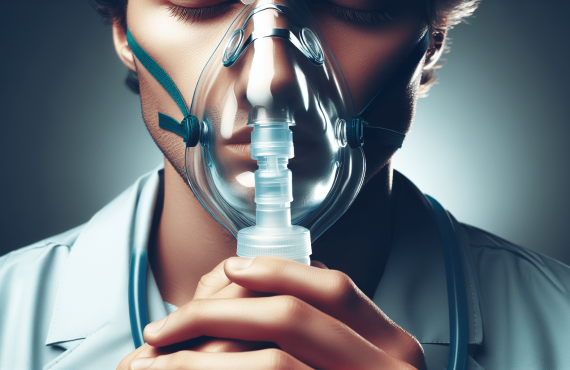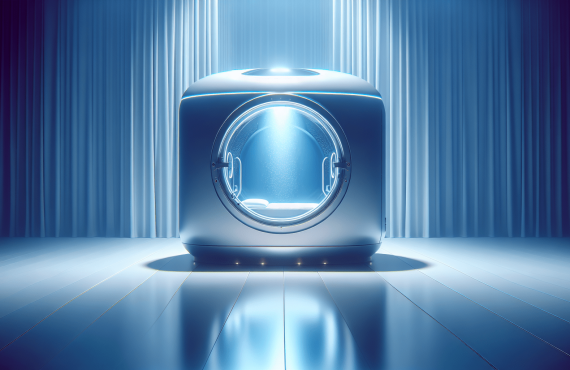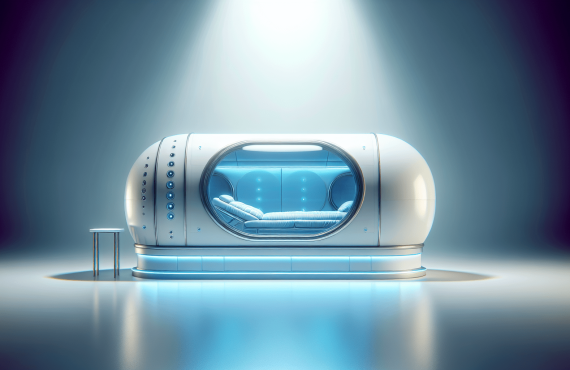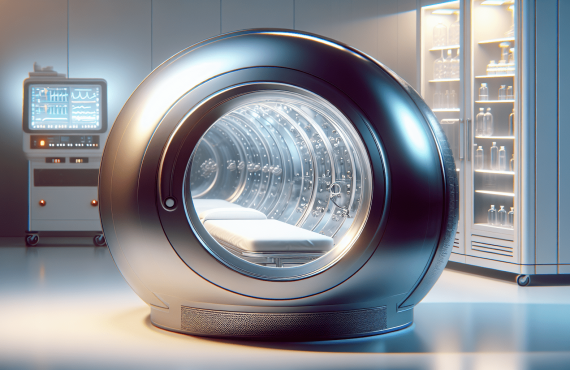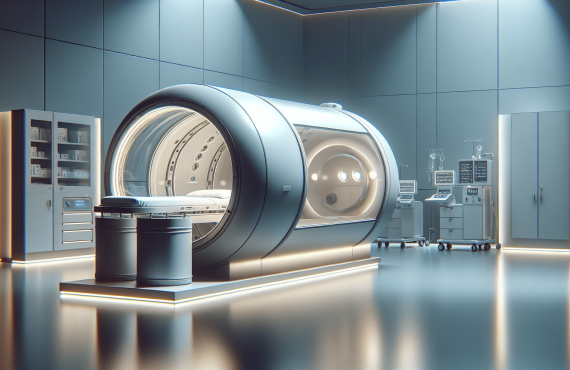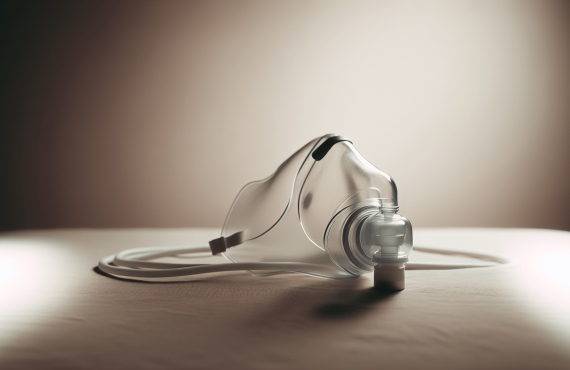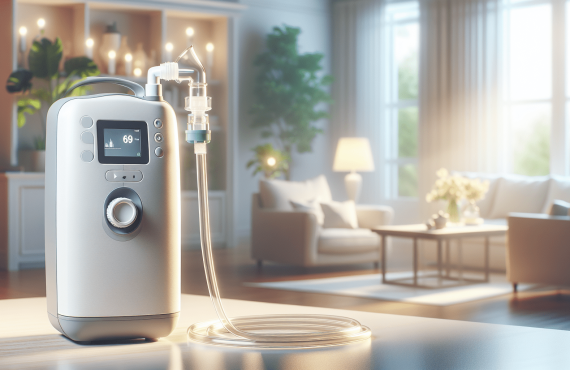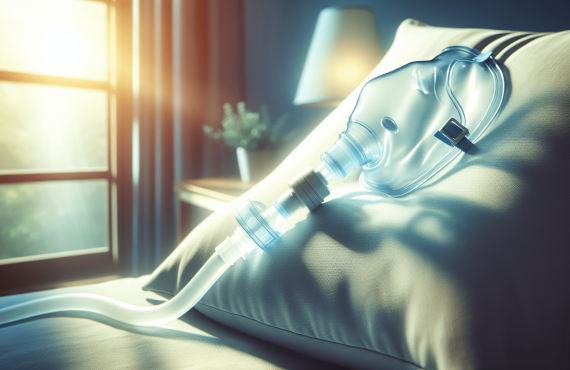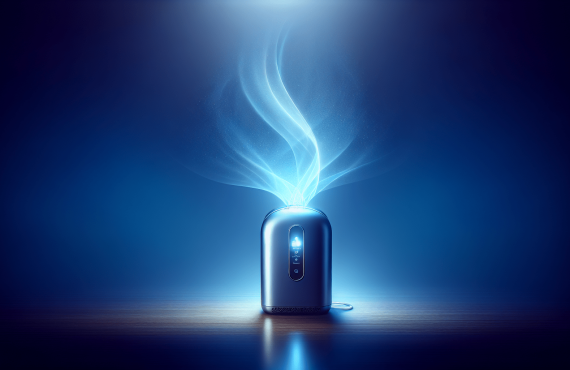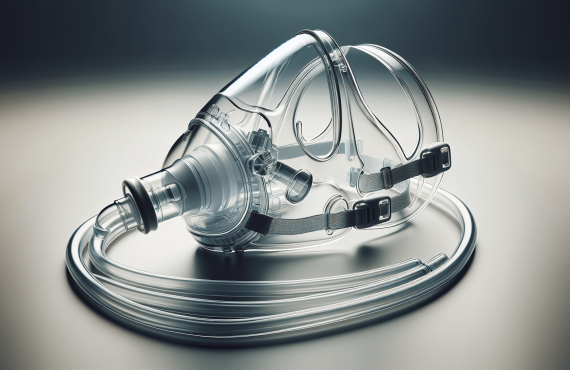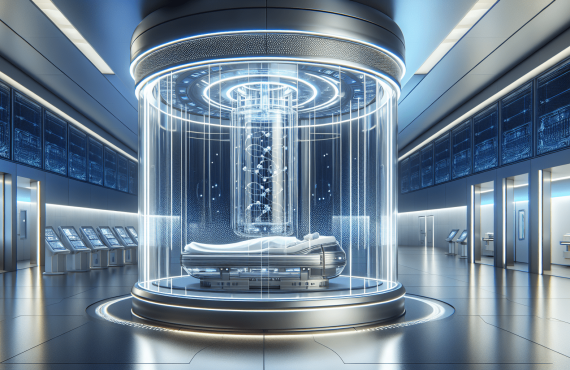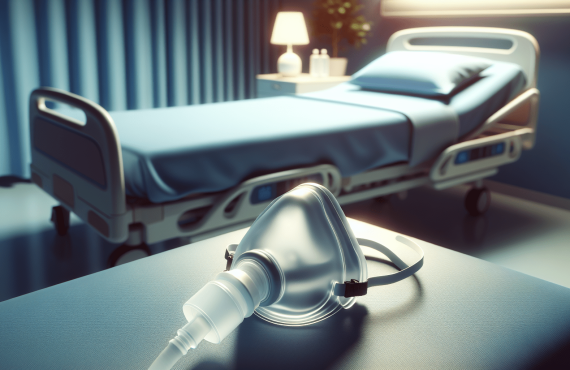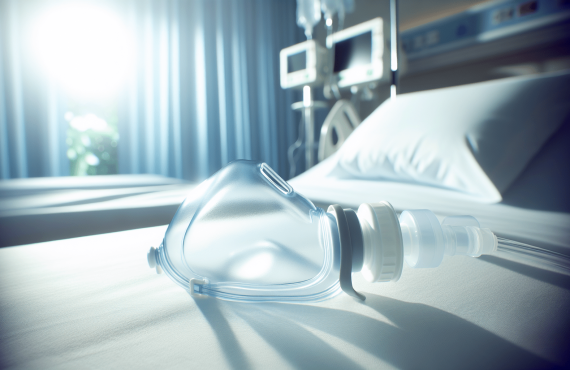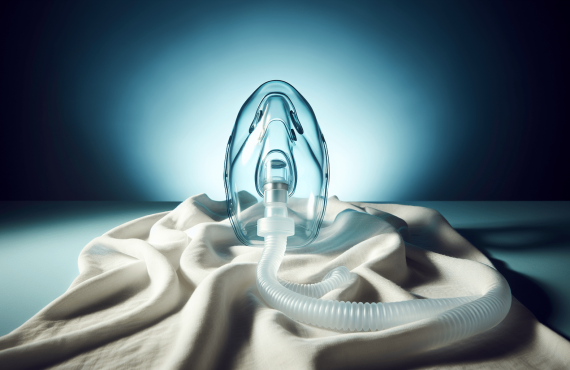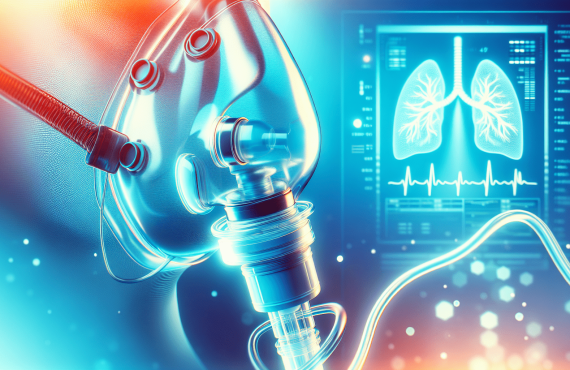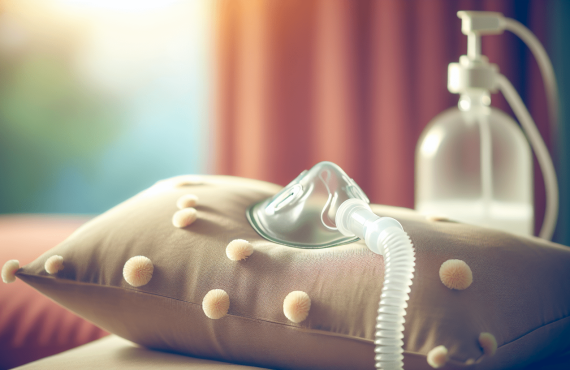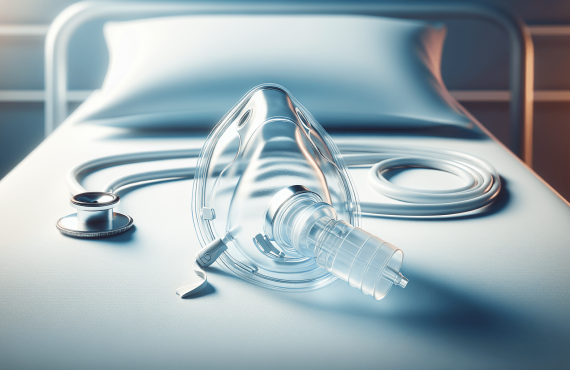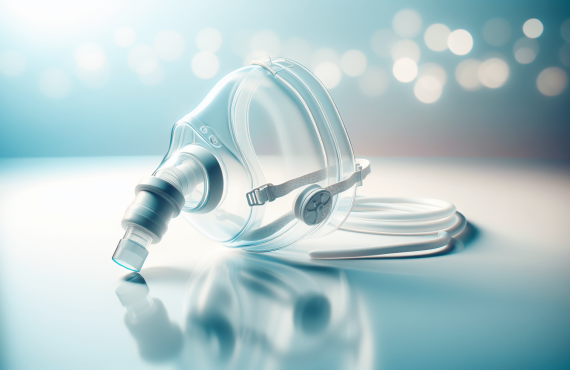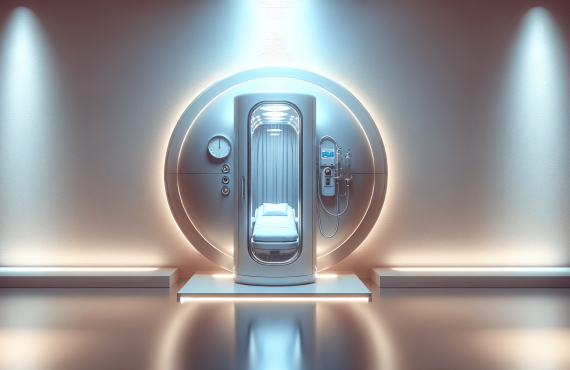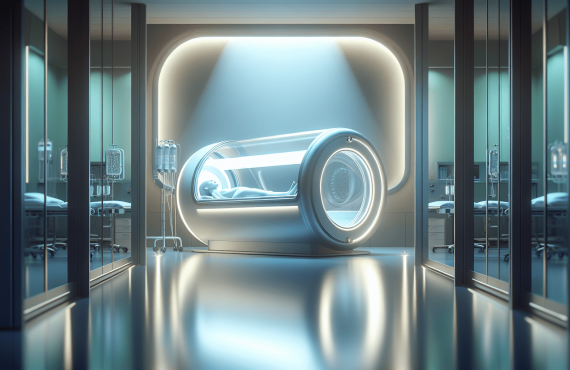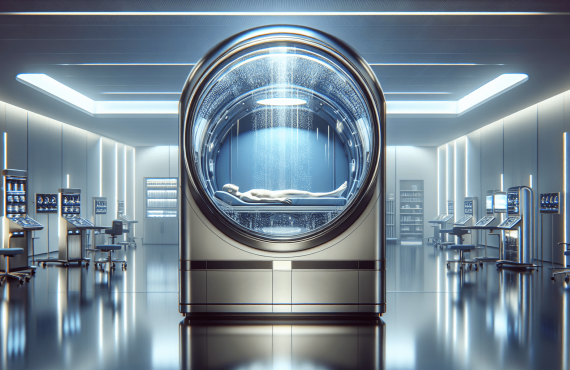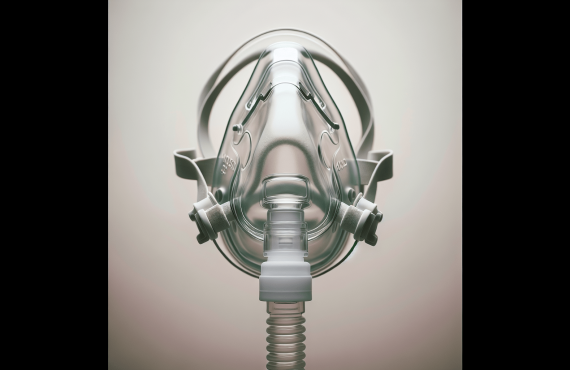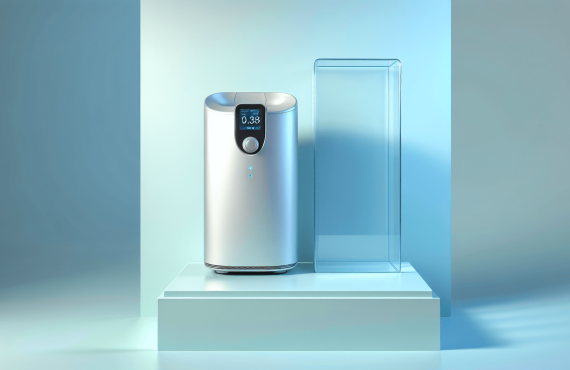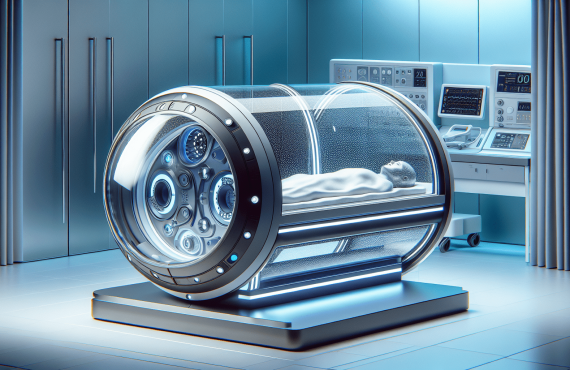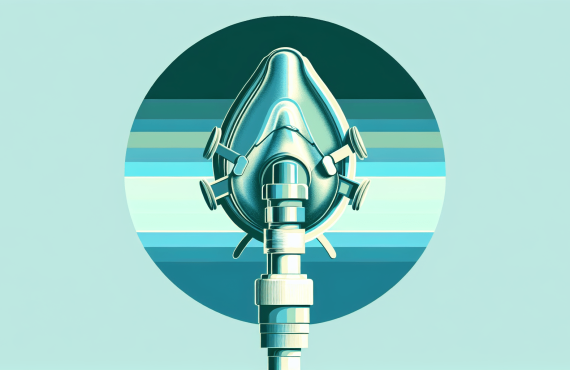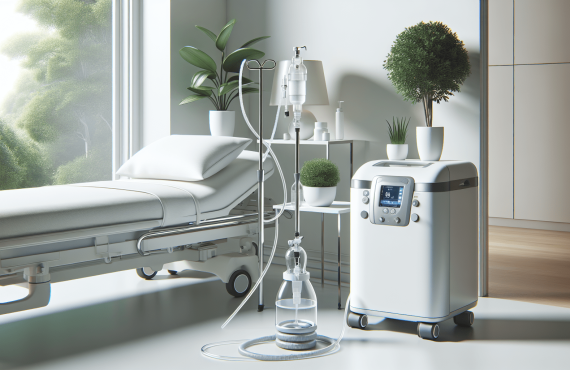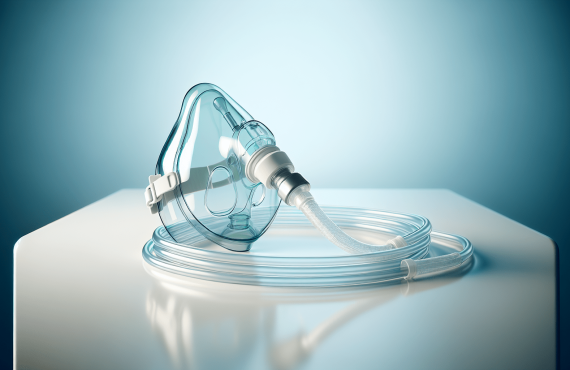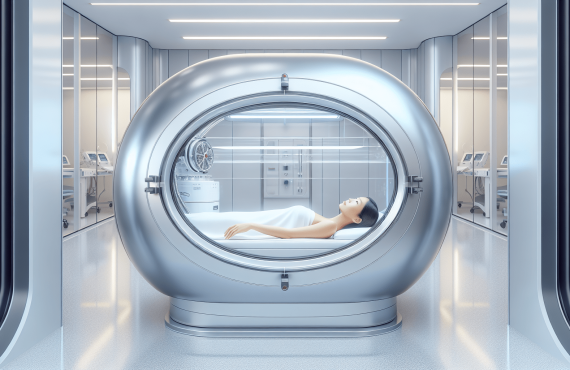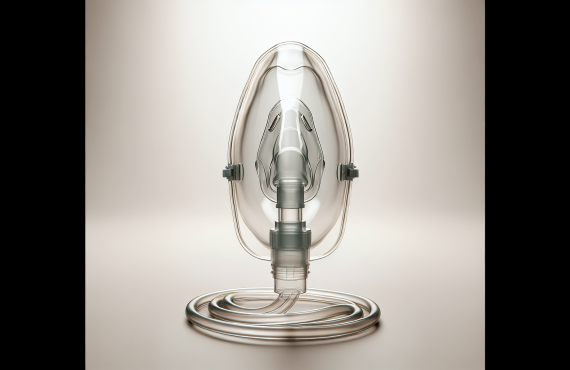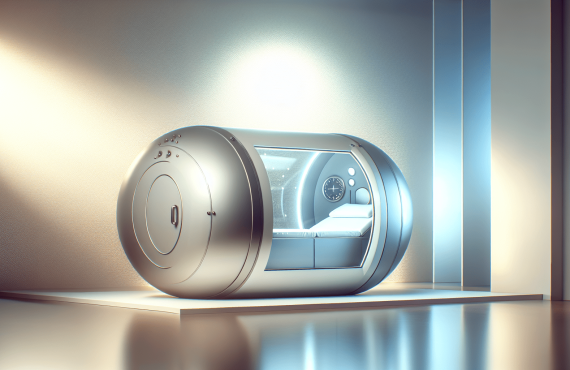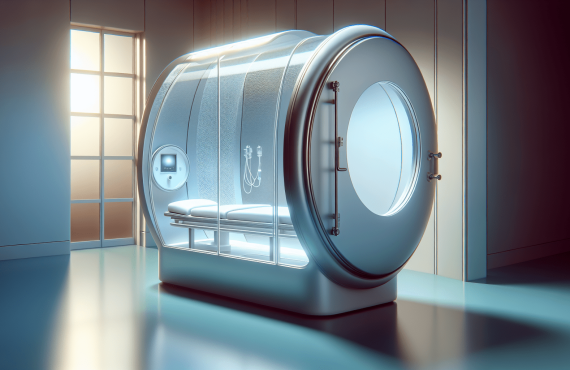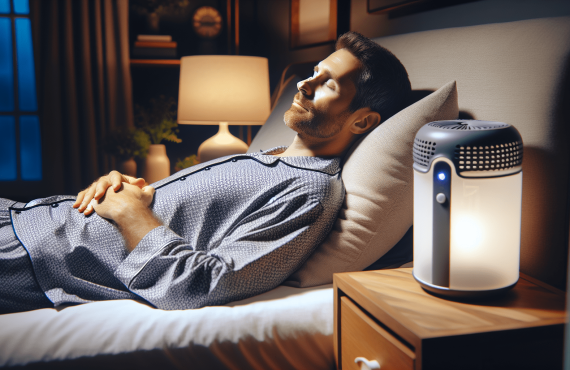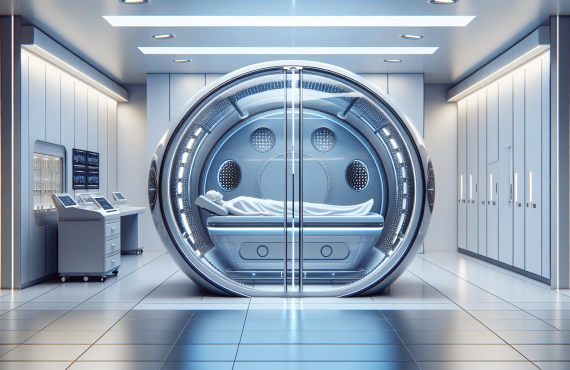Have you ever wondered about the possible hitches that could arise from oxygen therapy? It’s fascinating how a treatment that is supposed to be healing can sometimes come with its own set of challenges. As we embark on this exploration, let’s uncover the intricacies of oxygen therapy and what potential complications might entail. This information aims to empower you with knowledge, especially if you’re considering oxygen therapy for yourself or a loved one.
Table of Contents
Understanding Oxygen Therapy
Oxygen therapy provides substantial health benefits for individuals with certain medical conditions. It involves administering oxygen to manage low oxygen levels in the blood, commonly found in conditions like Chronic Obstructive Pulmonary Disease (COPD), pneumonia, heart failure, and other respiratory diseases.
Types of Oxygen Therapy
-
Continuous Flow Oxygen: This delivers a steady stream of oxygen whether the patient is inhaling or not. It is often used with stationary units at home.
-
Pulse-Dose Oxygen: This type of therapy syncs with the patient’s breathing rate, providing oxygen only when inhaling, typically used in portable oxygen concentrators.
Each type targets varying needs based on the severity of the condition and the patient’s lifestyle. Nevertheless, with these therapies, potential complications can arise, necessitating careful monitoring.
What Are The Potential Complications?
Though oxygen therapy is life-sustaining, it can lead to several complications if not administered or monitored correctly.
Oxygen Toxicity
Oxygen toxicity occurs when you breathe in too much oxygen over a prolonged period. It mainly affects the central nervous system and lungs. Symptoms can include:
- Seizures
- Chest pain
- Difficulty breathing
Prolonged exposure to high oxygen levels can overwhelm your lungs, leading to a build-up of fluid and other issues.
CO2 Retention
For certain patients, particularly those with COPD, too much oxygen might lead to carbon dioxide retention. This is because excessive oxygen can reduce the drive to breathe, causing a dangerous build-up of carbon dioxide in the blood. Symptoms of this condition encompass:
- Confusion or drowsiness
- Tremors or twitching
- Headaches
Fire Hazard
Oxygen, while essential, can make things more combustible. Even a small spark in an oxygen-rich environment can cause a fire. This is why it’s important to:
- Avoid smoking or open flames near oxygen units.
- Ensure electrical equipment and outlets meet safety standards.
Dryness and Irritation
The constant flow of oxygen through the nasal passages can dry out your nose passages, leading to bleeding or discomfort. Using a humidifier with the oxygen source can often alleviate these symptoms.
Infections
If you don’t follow strict hygiene when handling oxygen equipment, it can lead to infections. It’s vital to regularly clean and maintain your oxygen delivery devices.

Hyperbaric Oxygen Therapy: A Special Mention
What is Hyperbaric Therapy?
Hyperbaric oxygen therapy (HBOT) differs from typical oxygen therapy. In this treatment, you breathe pure oxygen in a pressurized chamber. The method enhances the body’s natural healing processes, aids tissue repair, and promotes overall immune function.
How Hyperbaric Therapy Works
In a hyperbaric chamber, the atmospheric pressure is increased, which increases the blood’s oxygen concentration. This can offer substantial benefits, especially for wounds or tissues deprived of oxygen.
Benefits of Hyperbaric Therapy
-
Promotes Healing: Stimulates tissue repair and growth of new blood vessels, essential for wound healing.
-
Reduces Inflammation: Helps decrease swelling and inflammation, particularly in chronic conditions.
-
Enhances Immune Function: Supports the body’s ability to fight infections and inflammatory conditions.
Potential Complications of HBOT
Despite its efficacy, HBOT also comes with potential complications:
-
Ear Pressure Changes: Pressure differentials can cause discomfort or damage to the ears.
-
Sinus Discomfort: Increased pressure might aggravate sinus-related issues.
-
Oxygen Toxicity: Just like standard oxygen therapy, prolonged exposure can lead to toxicity, affecting the central nervous system.
It’s crucial to have a qualified healthcare provider like Dr. Craig Henry from Henry Chiropractic guide you through both standard and hyperbaric oxygen therapy to avoid such pitfalls.
Safety and Best Practices with Oxygen Therapy
Knowing the potential complications is one step; understanding how to prevent them is the next. Here are a few best practices:
Maintain Equipment
Regularly check your oxygen equipment for leaks or damage. Ensure it is clean and functioning properly to prevent infections.
Monitor Oxygen Levels
Always keep track of your oxygen levels to ensure they remain within a safe range. Discuss any concerns with your healthcare provider.
Create a Safe Environment
Set up a fire-safe area at home. Avoid smoking, using candles, or operating open-flame appliances near oxygen equipment.
Communicate with Healthcare Providers
Always communicate any new symptoms or discomforts with your healthcare providers promptly. Dr. Aaron Hixon, another skilled practitioner at Henry Chiropractic, emphasizes the importance of an open channel with your caregivers.
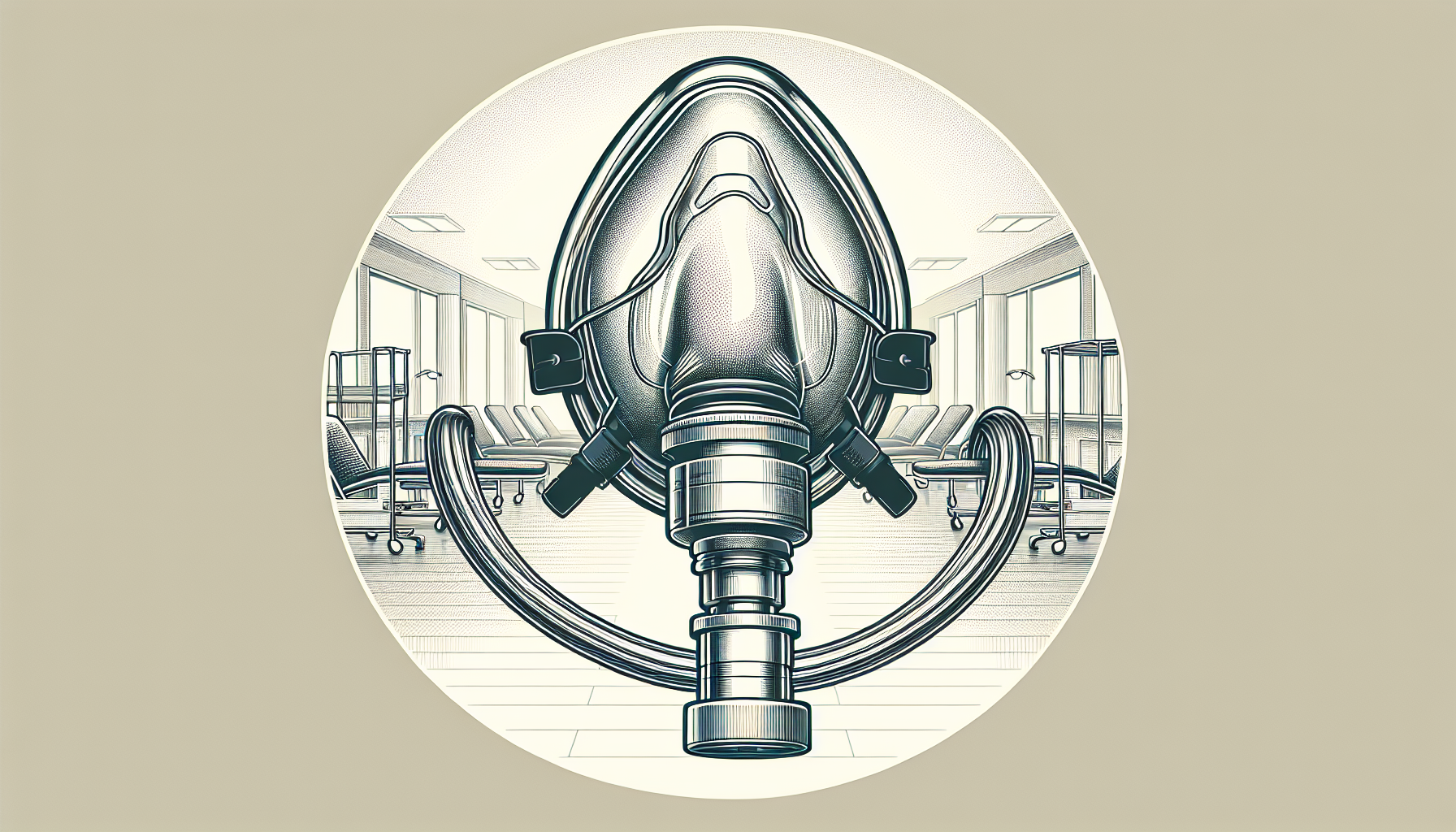
FAQs on Oxygen Therapy
Here are some frequently asked questions that can help clarify any doubts you might have:
What are the signs that I am receiving too much oxygen?
If you’re receiving an excessive amount of oxygen, you might experience breathing difficulties, confusion, or headaches. Alert your healthcare provider if these occur.
How can I minimize nose dryness caused by oxygen therapy?
To prevent dryness, consider using humidification devices provided with your oxygen equipment or apply a water-based lubricant to your nostrils.
Can I travel with my oxygen equipment?
Yes, you can travel with most portable oxygen concentrators, but always check with your airline and healthcare provider beforehand.
How often should I clean my oxygen mask or nasal cannula?
For optimum hygiene, clean your nasal cannula or mask daily, and replace them as recommended by your manufacturer or healthcare provider.
Is there a risk of addiction to oxygen therapy?
There is no risk of physiological addiction to oxygen therapy. It’s a medical necessity for individuals with conditions affecting lung function.
About Henry Chiropractic
If you’re considering oxygen therapy or have concerns about possible complications, you can consult Dr. Craig Henry at Henry Chiropractic. His expertise and warm approach provide a welcoming environment for anyone seeking chiropractic care or interested in learning more about oxygen therapy. Located at 1823 N 9th Ave, Pensacola, FL 32503, you can reach them at (850) 435-7777 or visit drcraighenry.com.
Remember, understanding oxygen therapy and its potential complications allows you to be better prepared and informed for a safe and effective treatment experience.


